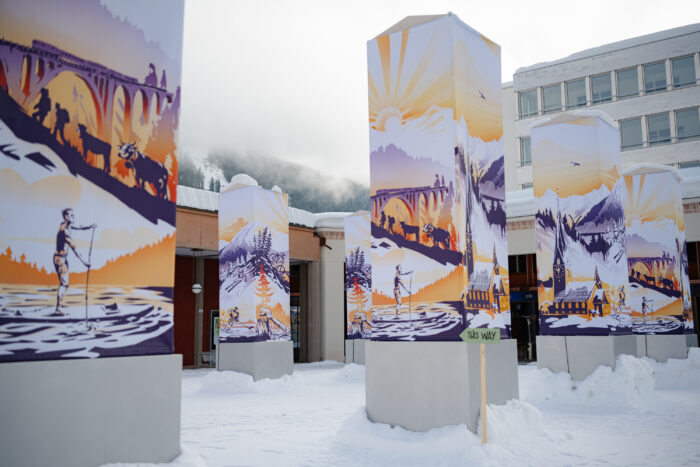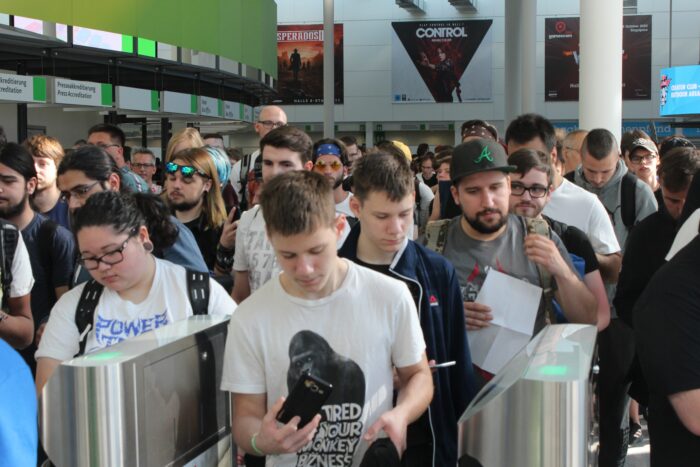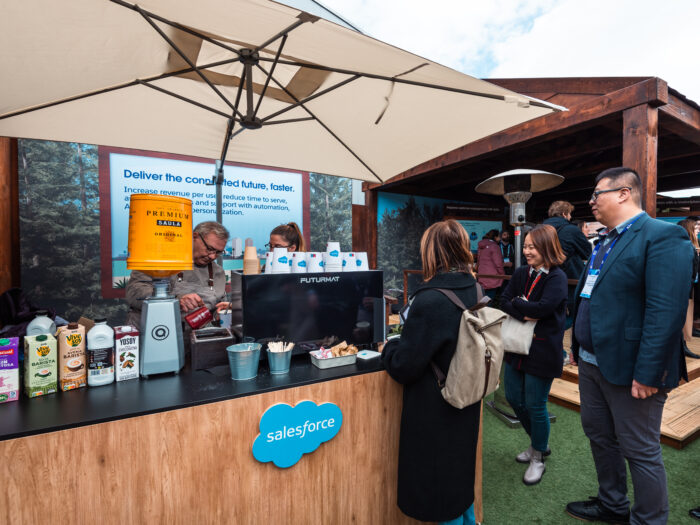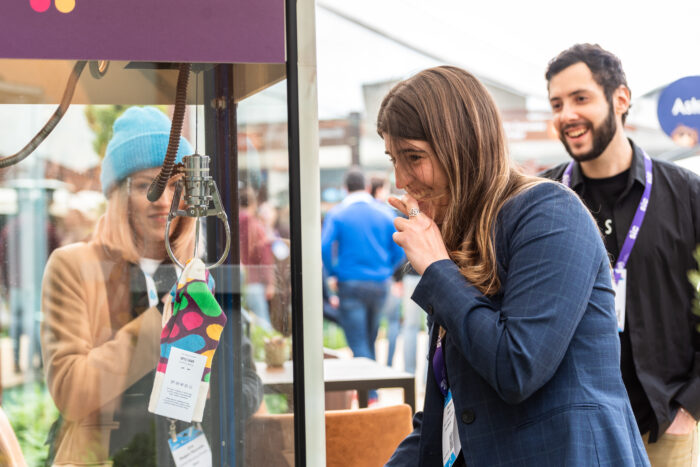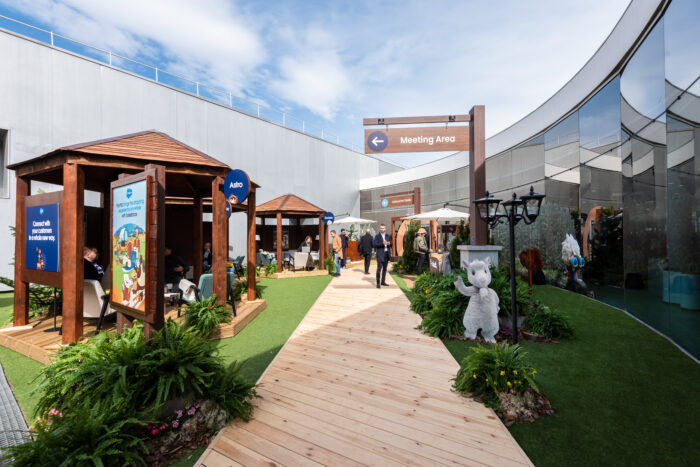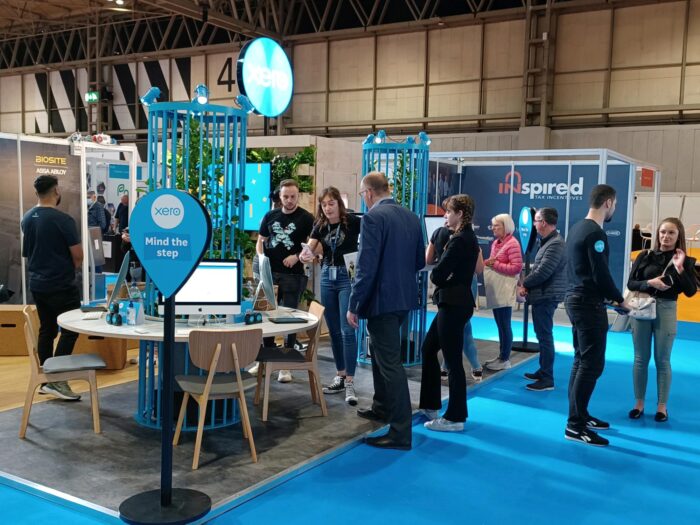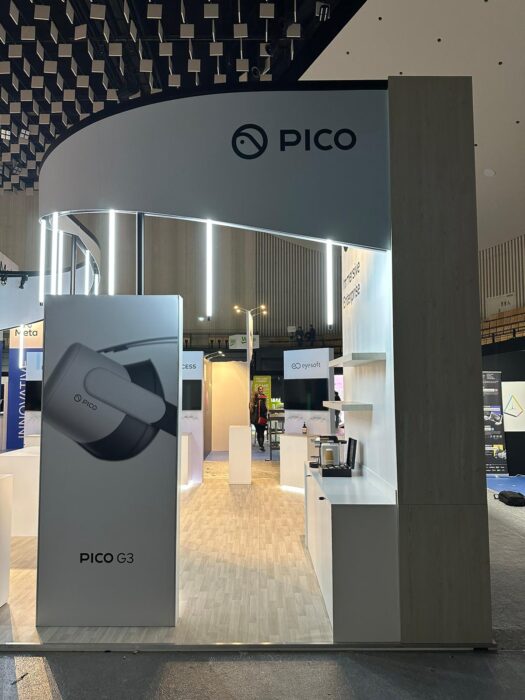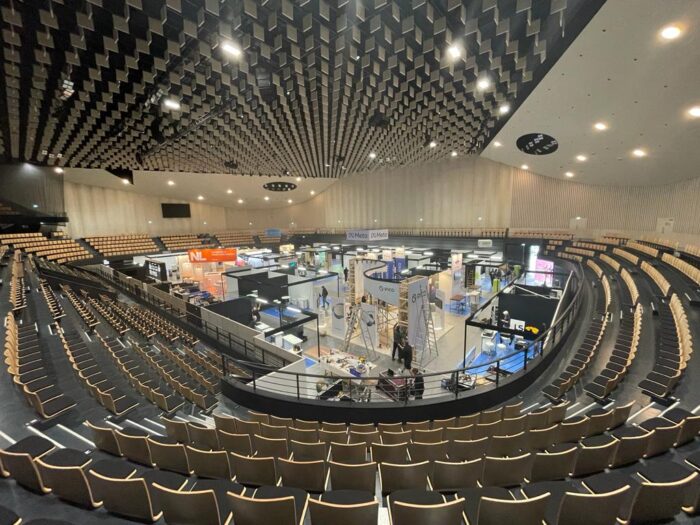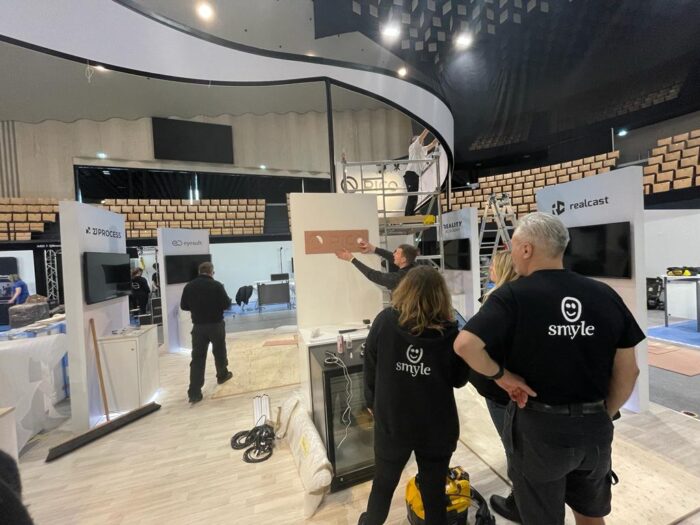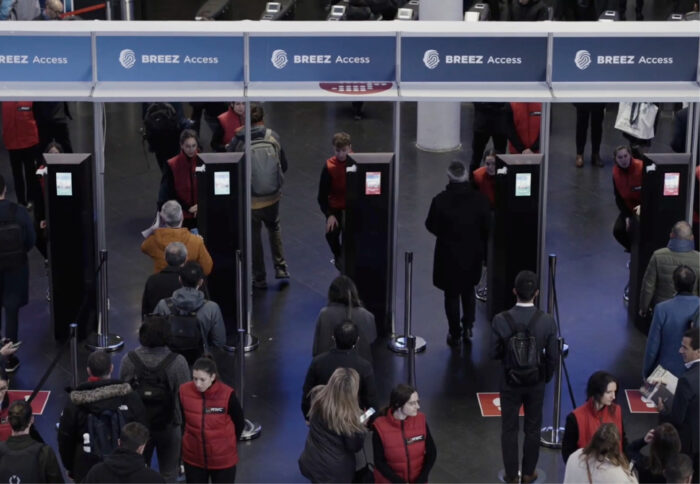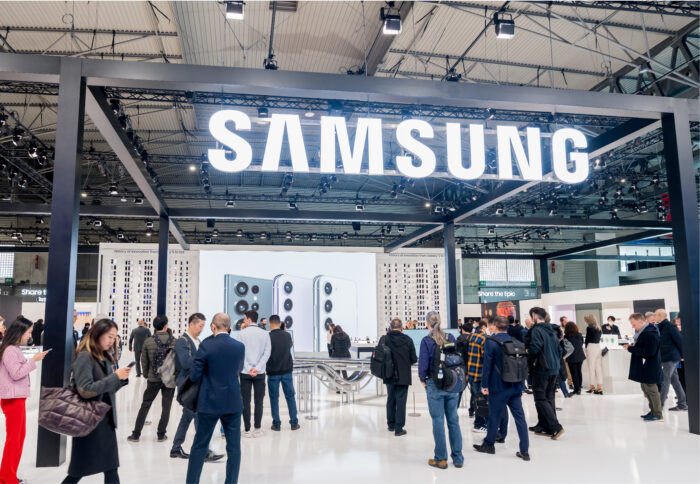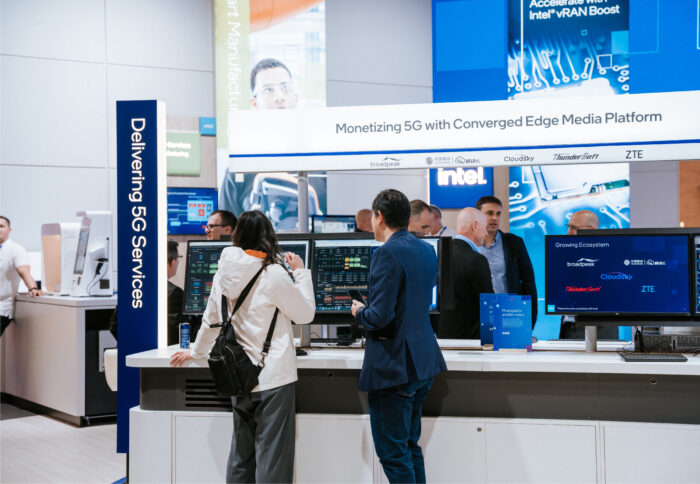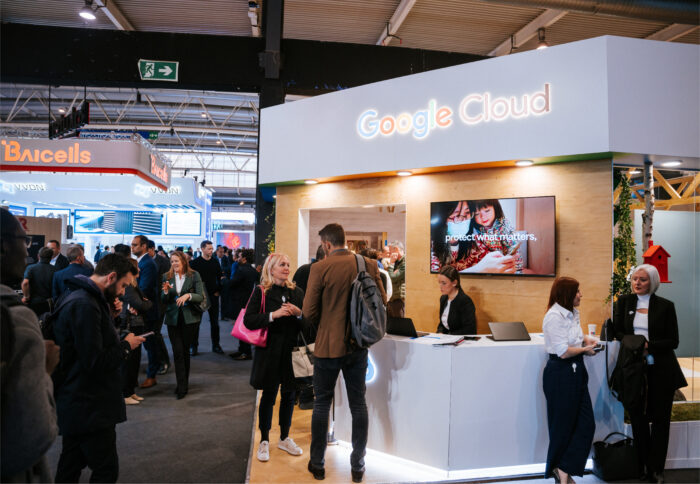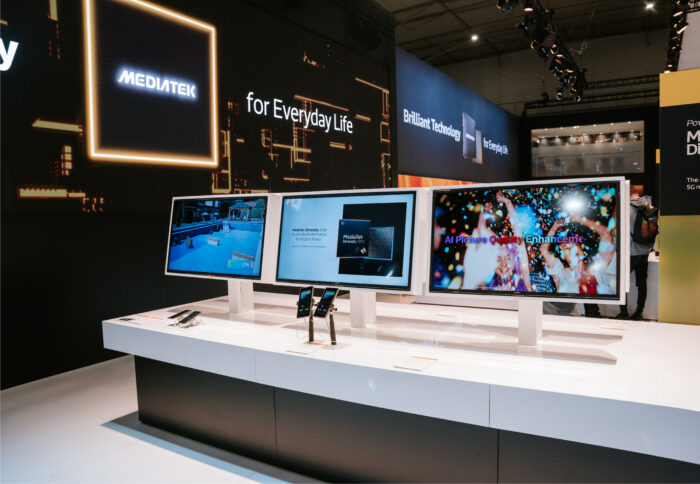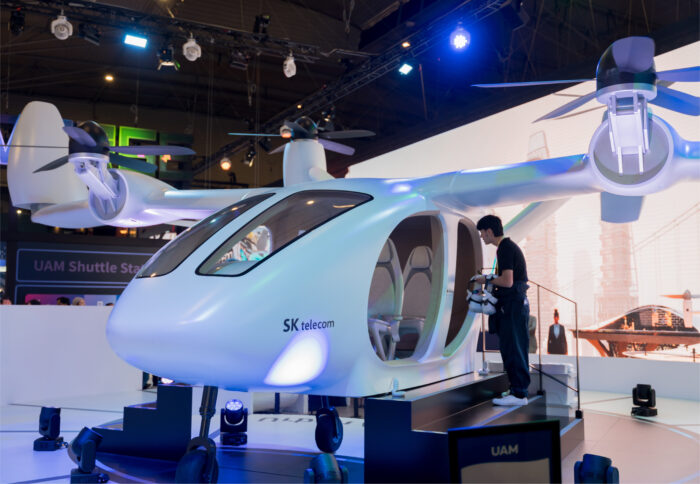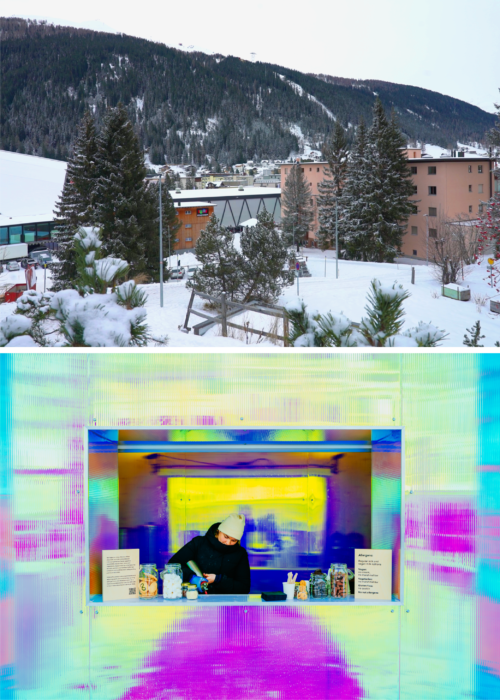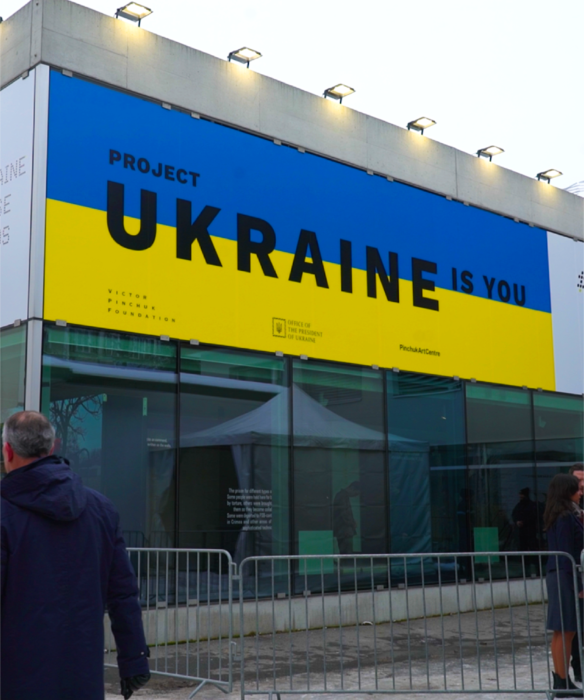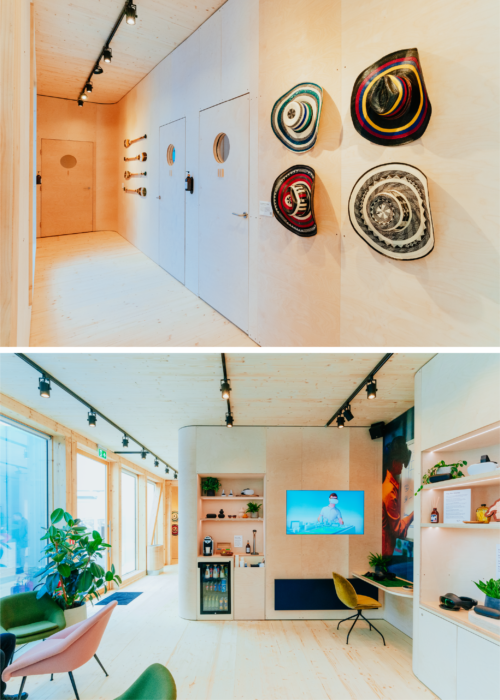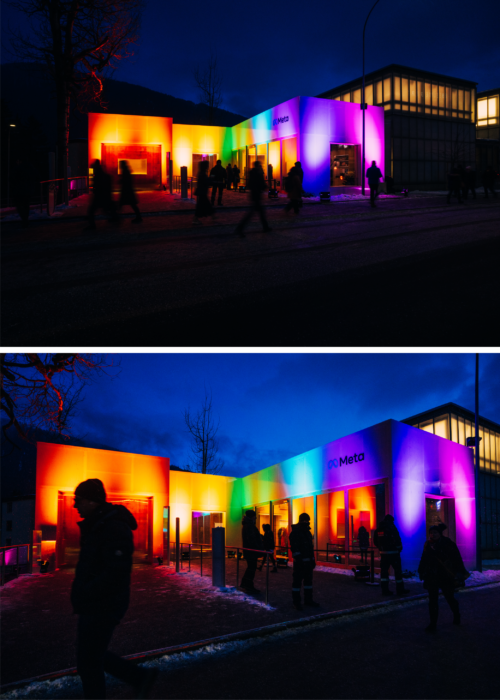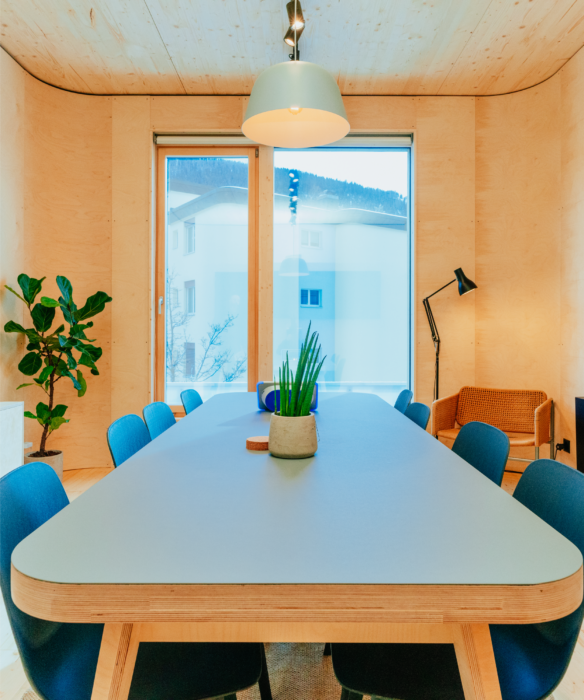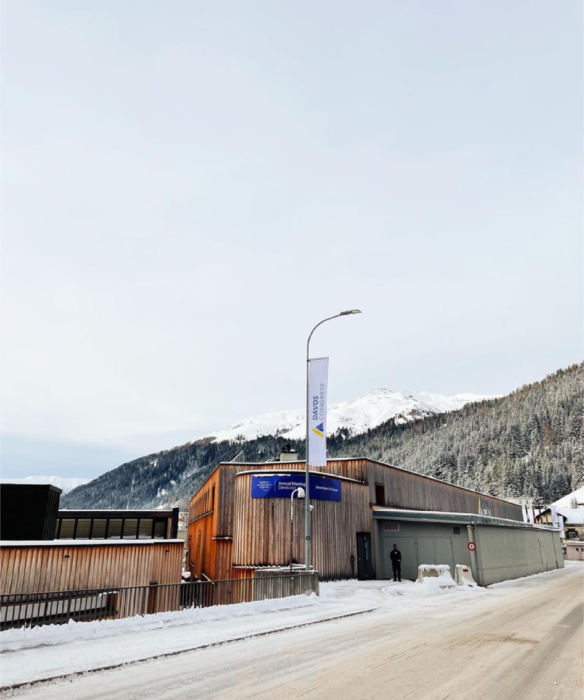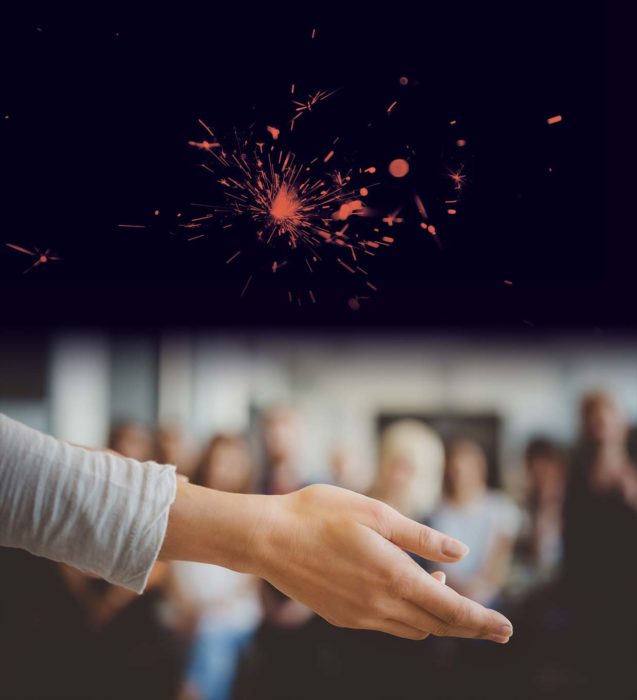The spectre of “conference fatigue” looms large. Yet, in the midst of these concerns, there is a compelling counter-narrative: Davos provides a structured platform to accelerate collaboration precisely at a time when global challenges demand urgent attention.
As many big names returned to Davos this year, we observed a significant trend in brands expanding their physical footprint. Take Neom, for example, which seized the opportunity to occupy four shopfronts, amplifying their visibility in a prime location. It’s a strategic move that elevates brand presence and underscores the ever-growing competition for attention in this bustling environment.
The landscape of Davos is also witnessing a shift as the crypto sector makes its mark. Companies like Ripple, Coinbase, and Circle are increasing their representation, reflecting the industry’s growing influence on the global economic stage. The discussion is no longer limited to traditional sectors; Davos is becoming a hub for conversations around the transformative power of blockchain and cryptocurrencies.
Sustainability remains a paramount topic for business leaders, and those who take tangible actions are ahead of the competition. The Davos stage provides a unique opportunity for brands to showcase their commitment to environmental and social responsibility, aligning with the growing demand from consumers for purpose-driven business practices. At Smyle, we have worked hand in hand with our clients to communicate their commitment to environmental and social responsibility, positioning their brand in line with purpose-driven practices.
One of the most resonant themes this year was the call for collaboration to drive fundamental change. Companies increasingly recognise the need to work with competitors on shared initiatives, understanding that collective efforts can expedite progress in solving global challenges. With its promise to transform roles and boost performance, the new era of Gen AI adds another layer to the conversations permeating Davos.
As we navigate this congregation of ideas and opportunities, success in Davos requires more than just a physical presence. Brands must be strategic, innovative, and purpose-driven to stand out in a crowded market. It’s about leveraging Davos’s unique platform to engage in meaningful conversations, showcase initiatives, and forge partnerships that transcend industry boundaries.
Davos is not just a forum; it’s an ecosystem of ideas, collaboration, and change. The key to success lies in embracing the evolving nature of this global gathering, staying true to one’s values, and actively contributing to the dialogue that shapes the future. As we continue to witness Davos’s dynamic transformation, let us seize the opportunities it presents and collectively strive for a better, more sustainable world.

